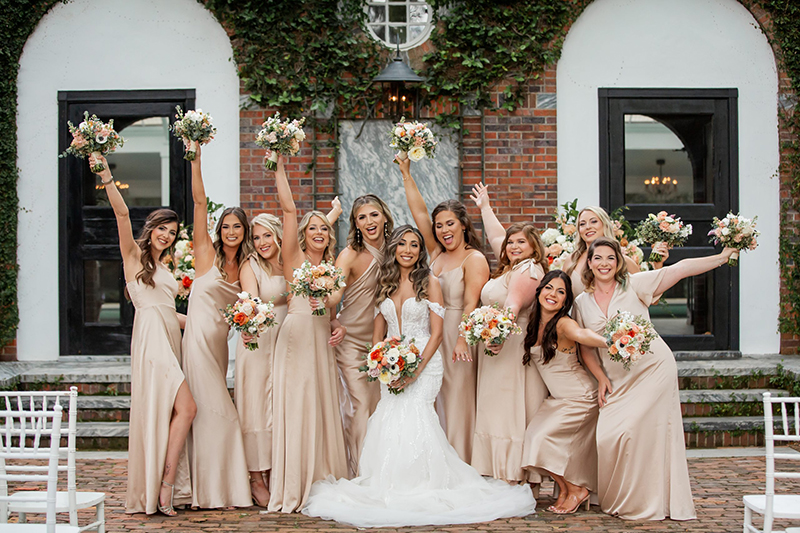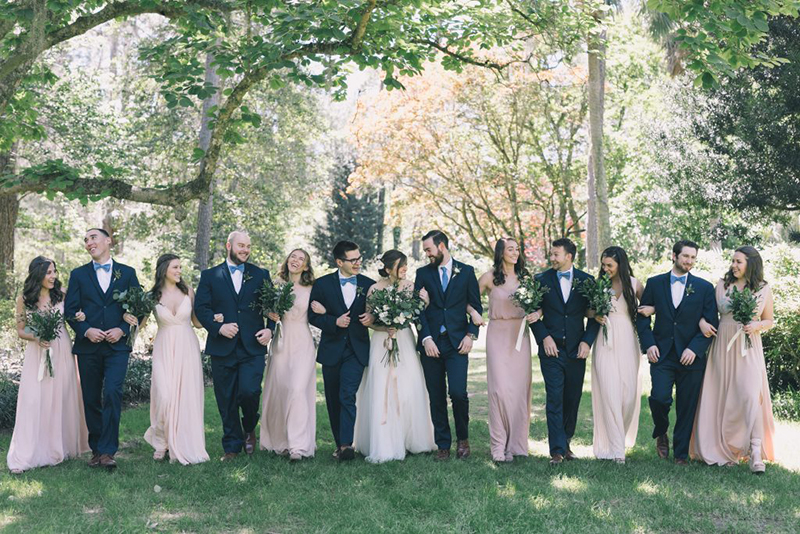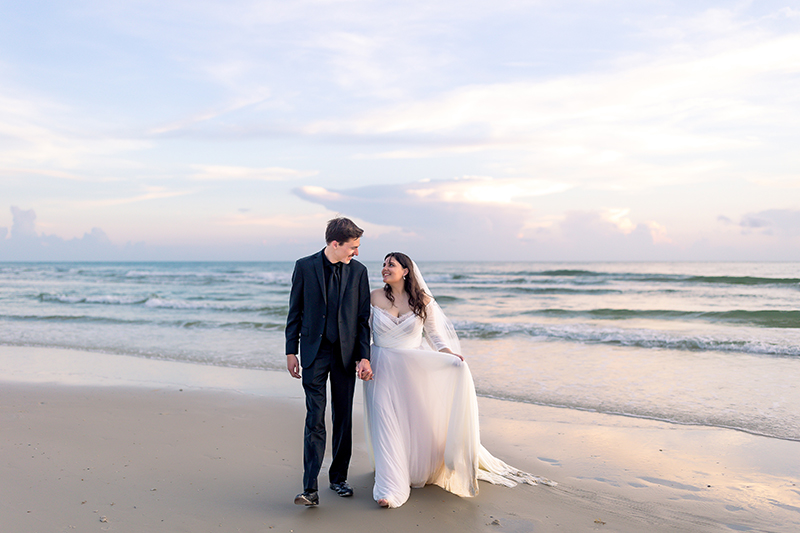A Wedding Rehearsal Guide
Everything you should know about the dress rehearsal before the happily ever after
It’s the day before your wedding, and you’re abuzz with nervousness and excitement. Something that will settle your nerves and solidify the significance of your wedding day is a wedding rehearsal.
Simply put, a wedding rehearsal is a run-through of the ceremony. The rehearsal should put you at ease, but there are a few things to keep in mind and important people to invite to ensure a seamless run-through.
Do You Need One?
If your ceremony only includes you, your partner and the officiant, you likely do not need a rehearsal. The three of you can simply communicate expectations. If your ceremony is short, small and without readings, performances and additional elements, a rehearsal may not be necessary. If your bridal party, parents, children and other guests are participating in the ceremony, it’s wise to practice at least once together.

Who Attends?
Anyone involved in the ceremony should be in attendance. This could include the wedding party, parents, ring bearers, flower girls, the officiant, musical acts, readers, your planner and those handling the technicalities such as sound and lighting. Everyone involved should be present, if possible, but if a few can’t attend, assign someone to fill them in on the details. Since the officiant often orchestrates the flow of the ceremony, they should lead a conversation about expectations. For the ease of the event, it’s best only to have the necessary people present.
What Should It Include?
If you have a planner, they should facilitate the rehearsal. They can call the group to attention and explain the schedule of the ceremony, which should be shared with everyone beforehand. Begin the rehearsal with a walk-through, putting the bridal party in the order they will walk down the aisle, including the parents and children. Once in order, everyone will walk to their designated spots, keeping in mind the placement and spacing of the venue. From there, you can briefly review the scope of the ceremony. Rather than the officiant ruining the day’s magic, they can provide an overview of what they will say at each point. If there are any readers or performers, they may wish to rehearse a few lines or the entire piece. Also, you should ensure all sound and lighting in the venue is how you want it to be. The rehearsal typically ends with a recessional.

How to Send Invites?
Invitations can be formal or casual. It is always nice to receive a formal invitation that includes rehearsal and dinner details. If your group is smaller, communicating via email or text is suitable. Allowing 30 to 45 minutes for the rehearsal is feasible. The rehearsal should occur at your ceremony venue the evening before your wedding. You must check with the owner in advance to ensure the venue is available at your desired date and time. Typically, the rehearsal dinner takes place immediately after the walk-through, but this depends on the venue’s availability. Should your venue not be available for a rehearsal, plan to meet with your bridal party and others in another space, such as your hotel, a conference room or an outdoor space.
Feature image courtesy or Black and Hue Photography




